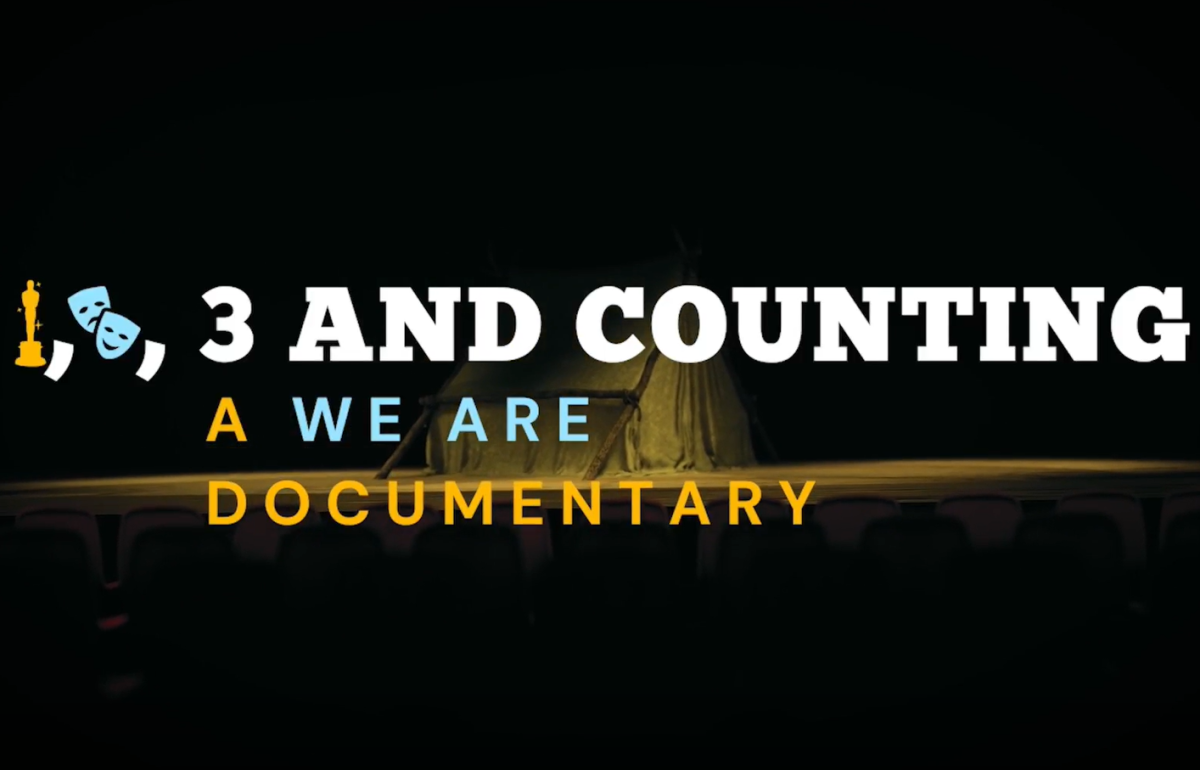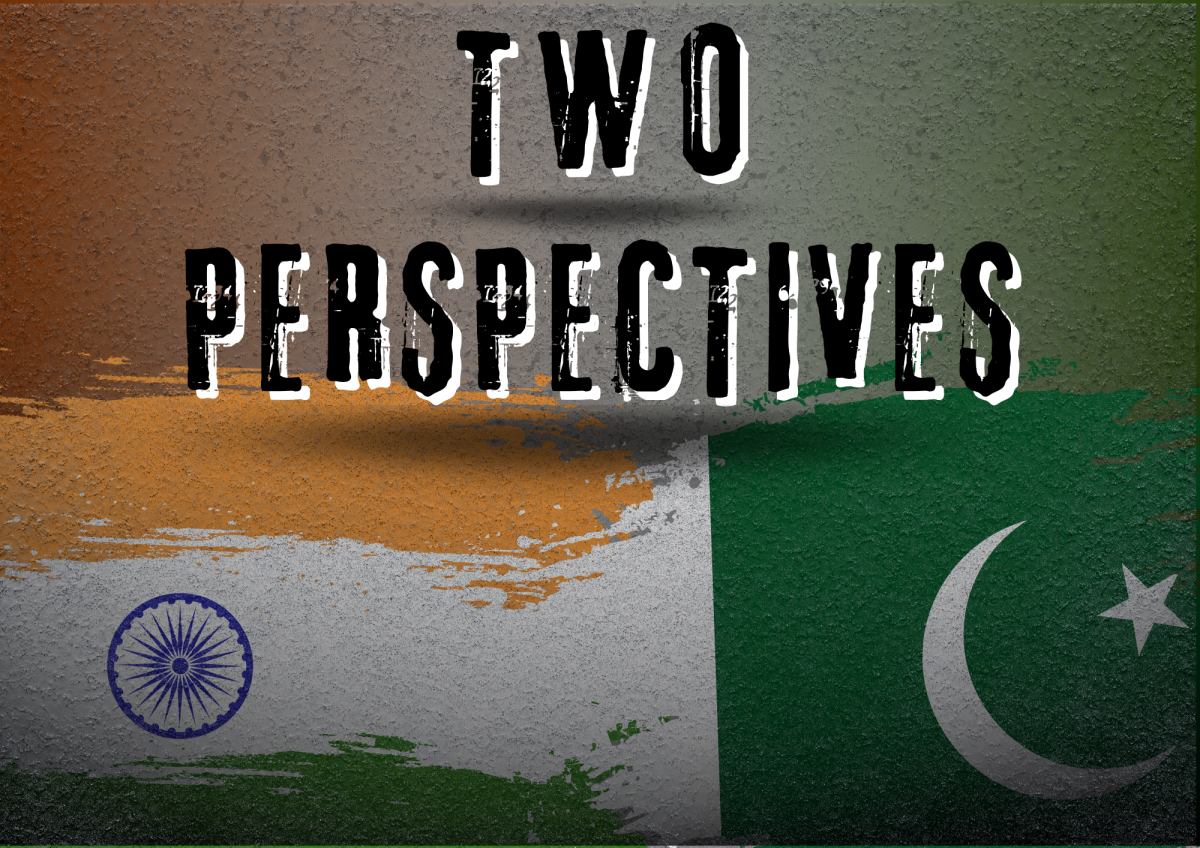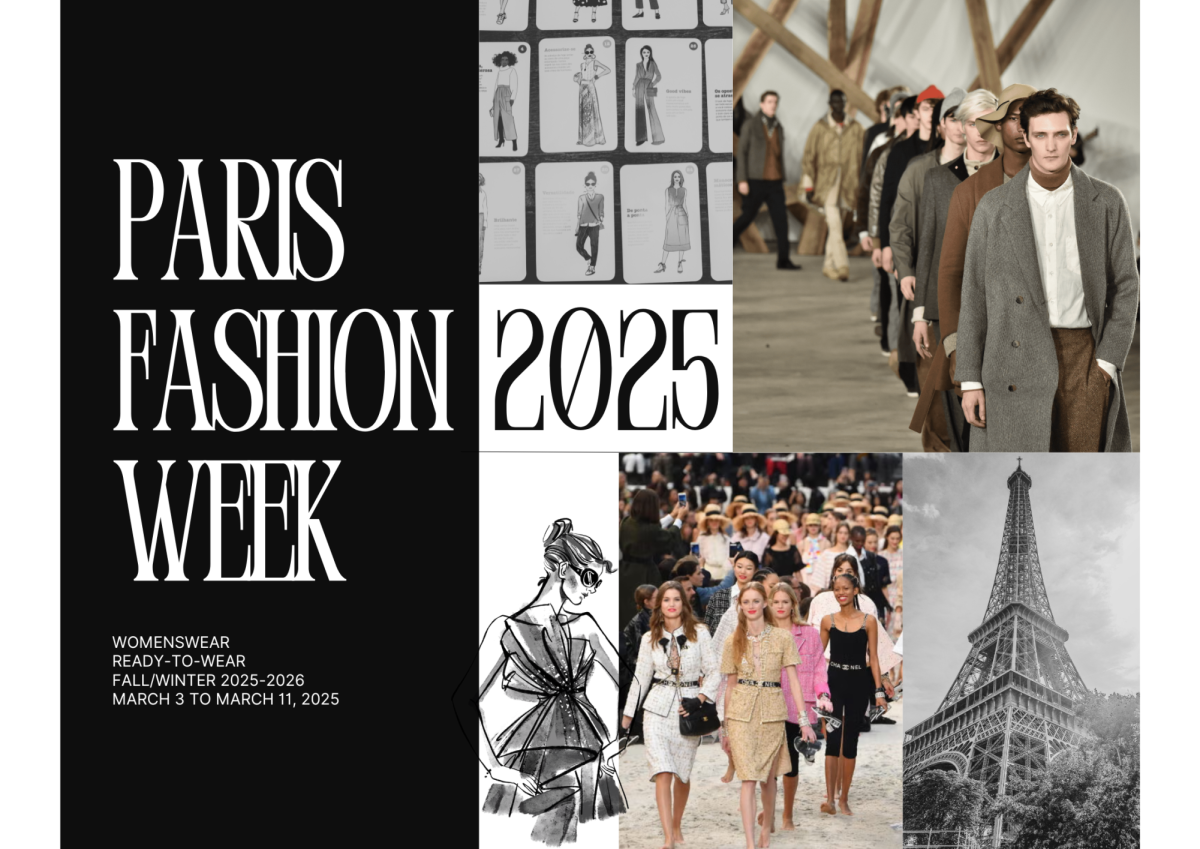In 1960, 500 people gathered in Central Park to protest bias against overweight people. They protested the negative stigma that was associated with being overweight, claiming they were not being fairly represented in the media.
50 years later, what has come to be known as the ‘body positivity’ movement has grown exponentially, and media representation is as widespread as ever. The question seems to beg itself: are unrealistic body standards really that bad?
The entertainment industry is the propellor behind setting ‘unrealistic body standards’, with companies like Marvel being slammed for content that actively encourages people to go to extreme measures to attain the so called ‘perfect body’.
But, shouldn’t every sensible adult know that the body image portrayed in the media is truly unattainable without unfathomable dieting, exercise, and cosmetic surgery? Surely those who are unable to exercise such prudence have experienced the consequences of this line of thinking far before Marvel or any form of media got involved.
While this may be regarded as true, a more problematic area for debate is regarding children. Children lack the maturity or the knowledge to be able to understand what’s good for them, they need their parents and other adults to outline boundaries for them. When parents hand their kids an iPad and let them roam loose amongst the perpetual stream of harmful children’s content that’s out there, whatever characters that populate on that screen take the mantle of being a role model to those children. So, for the sake of the children, what kind of characteristics should these characters inhibit instead?
For a while, especially in the Superhero genre, it’s been the case that most, if not all, protagonists would bear a toned physique, often looking exaggeratingly lean or buff. But people now claim that exposing children to these figures is wrong.
I disagree.
Firstly, in a genre of media involving people that fly, shoot lasers out of their eyes, and lift trucks like it’s nothing, is their physique really the body standard that we complain about being unrealistic? These figures aren’t body standards, or any standards, but rather fictionalised characters in nearly every respect, including health.
Sometimes children don’t need an ultra-realistic humanoid reflection of the real world, but instead ought to be given figures that aren’t real, that aren’t possible, but that inspire them, because they’re children, and it’s not the media’s job to tell them to be realistic, it’s their parents’.
However, even if this were a standard that was forced upon children (somehow), is it better that we eliminate all standards and have our flying protagonists have beer bellies and double chins? What does that teach children?
Regardless, children from an early age need to be educated on the reality of health. This is not to bully or degrade others who can’t meet it (especially those who suffer from issues beyond their control), but to prevent them from not ending up in that situation themselves. We should not be promoting a physically degrading body standard simply to not offend those who exhibit it.
We need standards. It just can’t be the ‘bulging biceps, 6-pack’ standard, because having something to aspire to, that isn’t you, doesn’t feed narcissism very well. If not for the literally perfect character of Jesus for everyone to aspire to, would there be as much good in the world?
If we begin to stop teaching kids what and what not to do, what is healthy, and what to aspire to, they will become hedonistic and soulless beings with no self-discipline or morality.
It’s not a bad thing that people tend to be more attracted to a skinnier physique, not because we are to promote shallow and appearance-based attractiveness (and it certainly isn’t the only factor in attractiveness), but because caring for your body indicates virtue within a person, it shows others that they are disciplined and hard-working. This is a quality that seems to be diminishing, in favour of celebrating others the way they are regardless of their flaws.
It is better that we tell children they are flawed beings who need to work hard to better themselves, rather than affirm whoever they are now simply to avoid hurting their feelings.
We need the figures that reach these high body standards, maybe even the unrealistic body standards, because these characters become figures of virtue and excellence that no human can attain, but every human should strive to attain. We need to strive to attain the impossible, because if we strive towards what is possible, then we will become satisfied with ourselves as flawed beings.
So, do we need ‘unrealistic body standards’? Yes, in my opinion.
Standards not to be held to, but to aspire to.














Tom J • Feb 17, 2025 at 6:17 pm
Only wonka’s makes your confidence skyrockelet
Daniel W • Aug 24, 2023 at 2:18 pm
Hi Tim, I liked your article, you clearly put a lot of thought into it. However I feel that this article fails to consider the psychological and social harms of unrealistic body standards, and the role of media in shaping people’s self-image and self-esteem. According to a study by the American Psychological Association (heres a link to my source: (We are doesn’t allow links, so google APA study on body disorder linked to social media)) exposure to unrealistic body standards in the media can lead to body dissatisfaction, low self-esteem, depression, and eating disorders among adolescents and adults. The study also found that media literacy interventions can help reduce these negative effects and promote a more positive body image. I feel that your article had many good points, and we should definitely not be pushing people to be unhealthy, but I feel your article has left several concerns and objections to this viewpoint. Happy to discuss further,
Kind regards,
Daniel W
Anson • Aug 16, 2023 at 8:08 pm
Interesting read Tim, I wonder what your thoughts are on the move in media, especially children’s media on the fact that superheroes are just normal people. An example of what I mean is Peter Parker is an ordinary teenager but has the powers and ability to be a superhero. Does this make the ‘perfect superhero’ more realistic than fictional and ultimately changing the message for children?
Tim • Aug 17, 2023 at 6:17 am
Thanks for the comment Anson, I definitely have no doubt that having normal people behind the mask say in the Superhero genre is important, and it serves the purpose to reflect back at the viewer the face of what appears to be a normal boy.
That being said, it’s important to have both. Peter Parker’s case I would argue is very unrealistic in some regards not for standard’s sake, but he has a lot of moral character, and he sets a high bar for moral character. I highly doubt the level of character and inner strength found within characters like Spiderman and Batman reflect much realism, but instead are very idealistic, clearly seen in the more children-oriented adaptations of the character. My argument is that we need idealistic figures, not realistic figures when dealing with children.
Thanks again for the comment
suhani s • Aug 16, 2023 at 7:38 pm
I think it’s important to note, in fiction especially, it is targeted at children, and as addressed in your article, children “lack the maturity or knowledge to be able to understand what’s good for them.” Sure, it’s a genre full of supernatural things, but you have got to be kidding if you’ve never met a kid who said they wanted to be a superhero when they were older. So obviously, with the exposure of characters that ONLY fit that unrealistic standard, regardless of calling it something to “aspire to,” it, perhaps unintentionally but nevertheless, sets the standard for literal children to achieve that ‘dream body’ that can only be achieved through unhealthy means. As well as this, the appearance of a healthy body is different for everyone, which is why there is a need for a diversified range of heroes. This doesn’t mean the erasure of the stereotypical superhero, just the addition of more inclusive heroes. This goes for all aspects, race, gender, sexuality, body type etc. Reminder that body positivity goes for ALL kinds of bodies.
Tim • Aug 17, 2023 at 6:28 am
Good point, however, I do think (I maybe could’ve clarified it better in the article) that when dealing with children who want to become the characters on the screen, they ought to approach it from the right mindset. Obviously, I would be dreaming to claim that that’s what’s going on, but it’s what should be going on.
The reaction of some children to these idealistic figures is much more of an issue than the existence or prominence of the figures themselves. That’s why I think that good parenting needs to involve making it clear what parts of the shows and movies kids watch should be mimicked, and what is purely idealistic.
I did mention in another comment that children often are much more exaggerated and abstract in their thinking, in that often if they are to learn any lessons from the media they consume, it must be made very clear be exaggerated (not obnoxiously).
Your last point I think is a very good one, in that there is no issue with diversity in superheroes, and I want to add to that and say that diversity is important, but diversity for the sake of diversity, that detracts from the truth of health and morality and introduces ideas to children that they aren’t old enough to be exposed to yet, is what we should veer away from.
Cameron F • Aug 16, 2023 at 2:31 pm
A very well thought out article. The ‘body positivity’ movement may stem from a desire to help others, but it is important to acknowledge that humans need to strive to take care of their bodies in a healthy and beneficial way, and not make silly excuses for not exercising.
aiden • Aug 16, 2023 at 11:05 am
(Comment moderated by We Are Team)
Teaching kids about physical health is more than just promoting a body that just looks healthy. just because someone is thin and doesnt have a “double chin and beer belly” does not mean they are healthy, in most cases theyre likely malnourished and not getting the right nutrients and vitamins the human body needs to function at its highest ability. the “unrealistic body standards” you are describing in media are almost always achieved by vigorous diets and exercise, not to mention the editing that also goes on in post production or after a photo for instagram is taken.
also, no one is demanding that mainstream media like movies should be making all the characters morbidly obese and very obviously unhealthy, there is just no harm done in showing that yes females have a bump under their bellybuttons due to an extra organ and their tummys will never truly be paper flat, or yes men get stretch marks, or that muscles are actually never always super defined, that its make up and lighting and flexing and editing, or even that most females’ thighs do not have a gap between them.
unrealistic body standards are harmful to youth. all the kids want to look like their favourite superheroes but are never taught how to healthily achieve that, which leads them to taking unhealthy routes as they reach teen years taking on habits or develop eating disorders that can put them in the hospital.
every single human body is different and yes some are lucky with genetics and do match that ideal, unrealistic physique naturally, but every body is different. we should be teaching children how to maintain a healthy body in general, not what a “healthy” body SHOULD look like.
The way you are trying to get your point across about teaching kids about healthy bodies is wrong. unrealistic body standards are harmful.
teach kids how to maintain a healthy human body, not what they are “supposed” to look like.
Tim • Aug 16, 2023 at 5:24 pm
Thanks for the comment, I certainly agree that the issue becomes more nuanced and complex when discussing issues not pertaining to children’s media. I appreciate that you mention that there obviously is nuance when discussing body types because not all bodies fit either extreme. However, my intention in going to those extremes is because I wanted to make the point that children’s media is always idealistic and exaggerated with the role models it creates. The intention behind making these ‘uber-muscular’ figures is not to show that this is what kids need to be, but rather it’s an exaggeration of what they should aim for.
Children’s media, unlike regular media, tends to be very intentional with what it promotes and often exaggerates what it wants to bring attention to because children deal in exaggeration, no child is nuanced in anything, I’m sure you can agree.
So with that being said, I say that we need unrealistic body standards because they’re caricatures of aspirations. Children would never know where to start if they decided that their imagination wasn’t enough and they actually wanted to be what they see on TV. All they see is a big strong man, so they want to be big and strong, That’s about as nuanced as it gets.
Now that being said, I’m not going to ignore the many cases of older children taking these caricatures too far and trying to mimic them, but that’s a time in their life when they learn to view the world differently, to become realistic in their expectations. If they are unable to do so, this is not because the media is setting any expectations on them, but because they feel that way. If a child decides that he wants to be Superman, fine, he’s a kid.
However, the moment he decides that he actually is Superman is when the adults in his life make it clear that he isn’t, and what the role of figures like Superman is. It is definitely not the media’s role to cut off figures like Superman because some children feel that they need to be Superman.
So my point is in this article that we need idealistic, unrealistic figures in children’s media because, in the style of fiction that it is, it promotes aspirations and imagination in the minds of children, and educates them (in a childish way) on the kinds of people they should be.